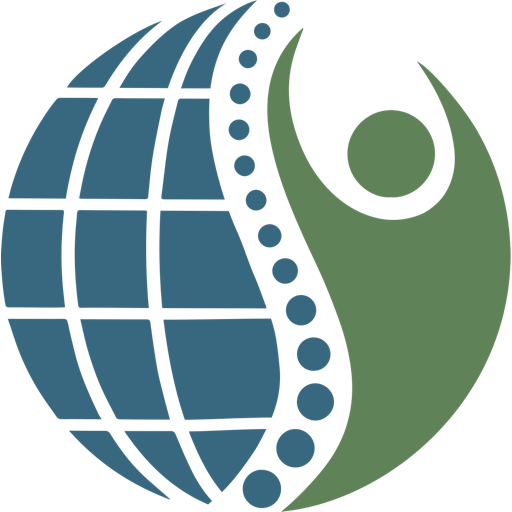The World Spine Care Yoga Project: A Brief History and The Future of the Project - Part 2
Erin Moon, Director of the World Spine Care Yoga Project
World Spine Care Yoga Project (the YP) officially launched in 2016 with its first program offering in Botswana. Now, heading into its fifth year, the YP remains focused on continuing to meet its mission and vision.
Mission
The Yoga Project is focused on building community capacity for low mobility populations by sharing the practices of Yoga as tools for the management and prevention of musculoskeletal pain.
Vision
To globally inspire self-directed, self-led, and self-sustaining communities, who experience low mobility, to use the practices of Yoga for active and preventative self-care and pain management.
Executive Director, Stefanie Ince spoke with Erin Moon, Director and Co-creator of the YP to learn more about what the future holds.
Read Part One Here
Part 2
Erin, thank you so much for sharing your thoughts and the history of the World Spine Care Yoga Project (YP). Is there anything you would like our supporters and followers to know?
We are different than some other projects for some fundamental reasons.
We only go to communities where we are invited, and we only teach those who are truly interested.
It is not an “outside” person that teaches the classes but a newly trained teacher who themselves benefit from the protocol and are intricately part of the community themselves.
We work with - and can share - our protocol with medical professionals. This intersectionality between the wholistic and allopathic medical paradigms is at the forefront of primary care interventions worldwide right now and is way overdue!
There are many more, but I would encourage supporters to go to our page to read about “How We Work and What We Offer” and our “Core Values”.
What has been the hardest part of the YP?
The learning curve! It has been hard – and so rewarding. When you are working in a new situation with new people in a new part of the world there is so much to learn. When we first came to Botswana, we brought everything we thought could work. We didn’t know all of the questions we needed to ask beforehand but learned them quickly upon arrival and adapted like mad!
What have you learned from the YP?
Through our experiences in 2016, I have learned so much. The biggest lessons: To ask more questions and to be a better listener to what our local teachers need to serve their community on a weekly or bi-weekly basis. We worked with one group who had higher mobility with little to no pain (in the township of Mahalapye) and we struggled with not being in a central location. The second group was lower mobility/ higher pain, more rural (village of Shoshong), with a strong community location. This second group of teachers (Shoshong) also benefited directly from the low mobility/pain-oriented practices. From 2016 to 2018, the Shoshong teachers were consistent with classes whereas the Mahalapye project slowly dropped off.
We went back in 2018 because our teachers inShoshong were hungry for more training and more physical challenge. Also, because our program in the Mahalapye location had not been as successful due to some of those fundamental learning curves, but there were new patients (and a few community members) eager to be part of the YP. Again, we learned even more- and we have again adapted and changed our approach to how the YP is most efficacious in a community.
The biggest outcome in this learning curve is that a community is best served from within. So, our job is to ask questions and be willing to adapt to the needs of that community. When we do this well we are truly building capacity that can then provide active self-care and pain management through yogic practices, to the larger community from within.
What is your hope for the future of the YP?
My hope - and I think I can speak for the team here - is that we are able to continue to go into interested communities and offer tools that can be so very beneficial to a higher quality of living. I am very proud of this project and its potential to be available domestically and abroad. A broad view would have communities around the globe coming together and serving themselves, exploring poses, mindfulness, and breath practices for a life of less pain, greater connection, and overall better living. To live deeply, instead of being overrun by a life riddled with pain, is fundamental in Yogic philosophies and practices for over 3000 years.
Over time we want to work ourselves out of the equation. This is our greatest goal: that eventually the need for us (YP team) is not necessary and the communities we have trained in the past can go to others nearby to share these practices, access other resources and be advocates and examples of good active self-care and pain management.
This sounds exciting Erin! We’re very excited about the future of the YP in 2020. Is there anything else you’d like to add?
I am deeply grateful for WSC and the support and excitement about this community project. I also want to thank all of our families, loved ones, and supporters through the years as we continue to grow and refine what we offer. I feel very lucky to be part of the incredible and international team of the YP!!
Learn more about the Yoga Project here.
Follow the WSC Yoga Project on Facebook and Instagram.
To learn more about the benefits of Yoga in this article from Director, Erin Moon.



